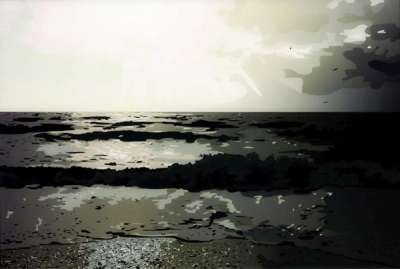
Radio Wind Tyres

Radio Wind Tyres
Signed Print
Julian Opie
Price data unavailable
AAGR (5 years) This estimate blends recent public auction records with our own private sale data and network demand.
There aren't enough data points on this work for a comprehensive result. Please speak to a specialist by making an enquiry.
Medium: Digital Print
Edition size: 40
Year: 2000
Size: H 74cm x W 110cm
Signed: Yes
Format: Signed Print
Track this artwork in realtime
Watch artwork, manage valuations, track your portfolio and return against your collection
Track auction value trend
Auction Results
| Auction Date | Auction House | Location | Hammer Price | Return to Seller | Buyer Paid |
|---|---|---|---|---|---|
| May 2021 | Stockholms Auction House | Sweden | |||
| July 2019 | Chiswick Auctions | United Kingdom | |||
| September 2017 | Christie's New York | United States | |||
| April 2011 | Christie's London | United Kingdom |
Meaning & Analysis
Taken from the artist’s Eight Landscapes series from 2000, Radio Wind Tyres is a print by Julian Opie that shows an image of an empty open road, with a dramatic vanishing point. Each image in this series was mounted with sound systems, playing the sounds described by the title or digital LED panels displaying the words of the title one by one.
This print has been created from a photograph taken by the artist, subsequently scanned and digitally manipulated to create a simplified image that appears as though it were in a contemporary videogame. Radio Wind Tyres is devoid of any human presence and is depersonalised to the point of commodification whereby the viewer is able to make their own imaginative journey through the image. In composing this image from the perspective of someone driving along the road, Opie retains a sense of familiarity and human presence, thus inviting the viewer to step into the scene.
Radio Wind Tyres strikes an interesting balance between the slick, impersonal style that is typical of computer-generated images and the more personal list of sounds that Opie titles the print with. The print rekindles these familiar sounds from the viewer’s memory, and it is easy to imagine oneself within this scene. Opie frames nature within the artifice of a computer-generated image, thus the artificial is treated as if it were real by the viewer.
Julian Opie, born in 1958, dances through the contemporary art scene with a distinctive digital allure. A trailblazer of the 1980s New British Sculpture movement, Opie's work is a highly stylised blend of Pop Art and minimalism which navigates the intersection of technology and visual expression. From his early experiments with computer-generated art to his iconic portraits and animated installations, Opie's work exudes a captivating simplicity. His signature style, marked by bold lines and reduced forms, is internationally recognisable and has made him a key player in British contemporary art.






